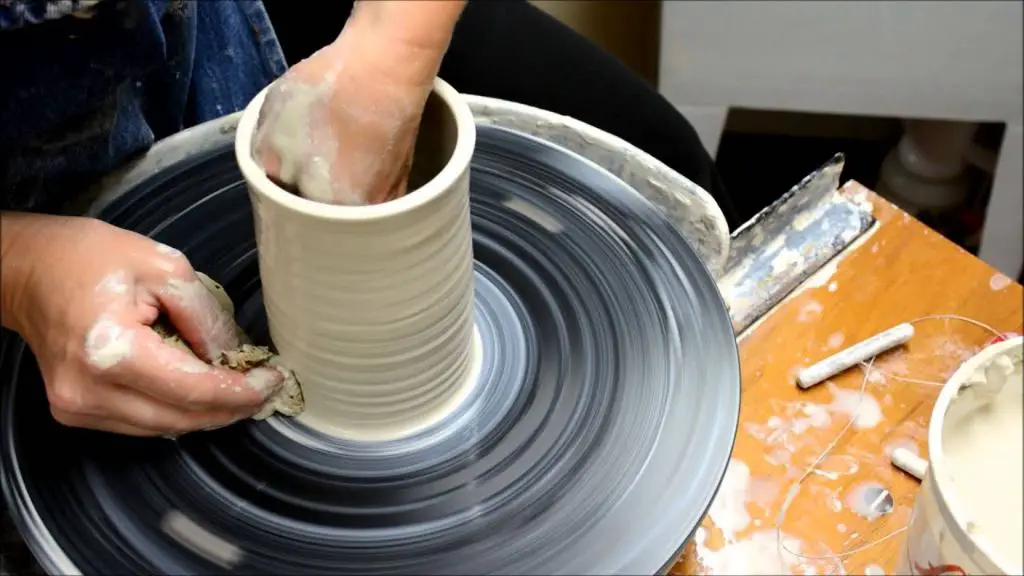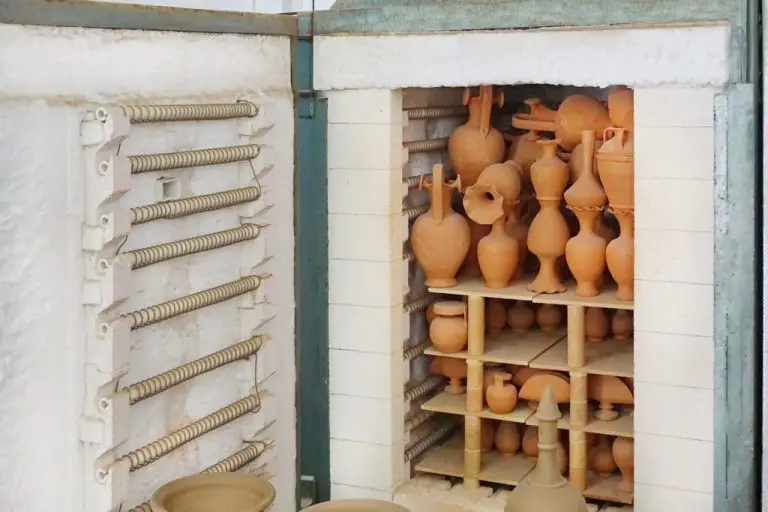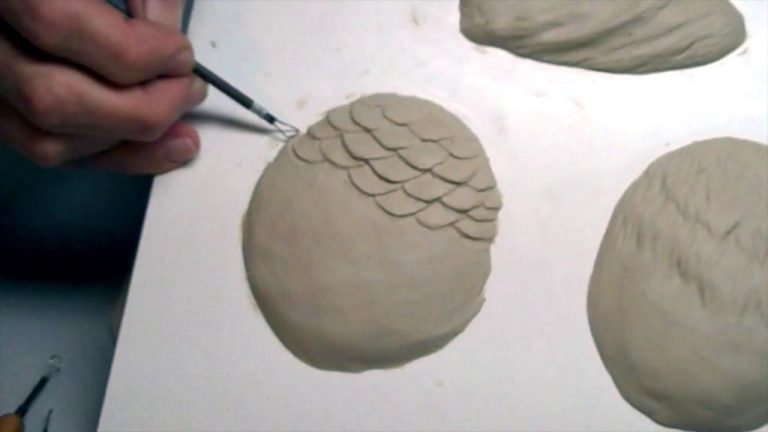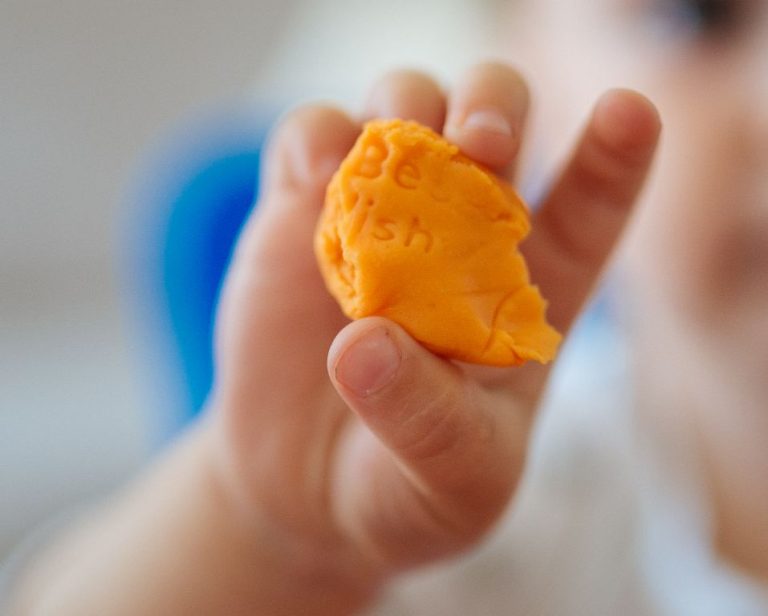What Is Another Name For A Potter’S Wheel?
A potter’s wheel, also known as a potter’s lathe, is a machine used in the shaping of round ceramic ware. It enables a potter to speed up work while attaining finer vessel shapes and thicker walls than possible by handbuilding. Historically, they have been used worldwide in the production of pottery.
The earliest known evidence of using a potter’s wheel dates back over 6000 years to Mesopotamia, modern day Iraq. From there it spread across the ancient world, revolutionizing ceramic production. Potters wheels enabled the mass production of functional and artistic ceramics at scales never before possible. They remain integral tools for potters today.
Potter’s wheels may be operated using leg power, an electric motor, or a kickwheel system. While styles and technologies have evolved over the millennia, the basic manual wheel throwing process remains unchanged – a potter uses centrifugal force to shape clay rotating on a turntable.
Other Names for Potter’s Wheels
A potter’s wheel is also commonly known as a throwing wheel, pottery wheel, or wheel. These terms refer to the same essential tool used in pottery making.
Some other names and terms for a potter’s wheel include:
- Kick wheel – A wheel that is spun by the potter kicking a lever with their foot.
- Pedal wheel – This wheel uses a pedal that the potter presses to turn the wheel.
- Power wheel – An electrically powered wheel that rotates mechanically.
- Rotator – Another word for a rotating potter’s wheel.
- Hand-turned wheel – A wheel the potter turns by hand rather than with a foot pedal.
While there are some variations in the design, all of these terms refer to the essential potter’s tool used to shape clay vessels and other ceramic wares. The wheel enables the potter to efficiently form symmetrical pottery.
According to Wikipedia, “A potter’s wheel may occasionally be referred to as a “potter’s lathe”. However, that term is better used for another kind of machine that is used for a different purpose in pottery production.”
How a Potter’s Wheel Works
A potter’s wheel works by spinning a disk at a consistent speed to utilize centrifugal force for shaping clay. The wheel head, or disk, is connected to a rod that goes through the center to an electric or kick wheel motor below. When the motor turns the rod, it spins the disk.[1]
The momentum of the spinning disk allows the potter to shape the clay without slowing down the wheel rotation. As the clay is pressed against the turning disk, centrifugal force pushes it outward, keeping it in contact with the wheel head. This force balances the clay against the potter’s hands as they form the shape. The faster the wheel spins, the more centrifugal force, creating stability for throwing larger pieces.[2]
Spinning the clay at an even speed is crucial for potters to center the clay and raise the walls of pots evenly. The momentum builds up in the spinning disk so that the potter can shape the clay without slowing or stopping the rotation.

[1] https://www.thefreelibrary.com/Physics+%26+Clay%3A+How+a+Potter’s+Wheel+Works.-a061524593
[2] https://m.facebook.com/1691303364309833/
Types of Potter’s Wheels
There are three main types of potter’s wheels:
Kick Wheels
Kick wheels, also known as treadle wheels, are human-powered wheels that use a foot pedal and flywheel system. The potter pumps the pedal with their foot to spin the wheel. Kick wheels have been used for thousands of years and are one of the oldest and most traditional types of potter’s wheels. Some benefits of kick wheels are that they don’t require electricity, are simple to operate, and allow the potter to control the speed with their foot.[1]
Electric Wheels
Electric potter’s wheels use an electric motor to spin the wheel head. The speed is controlled by a foot pedal or knob. Electric wheels provide consistent speed and torque for smooth throwing. They allow potters to keep both hands on the clay. Electric wheels are low maintenance and convenient to use. Some downsides are they require access to electricity, can be noisy, and don’t provide as much speed control as kick wheels.[2]
Treadle Wheels
Treadle wheels operate by the potter pumping a treadle with their foot to spin the wheel head. The momentum from the large flywheel keeps the wheel spinning smoothly. Treadle wheels provide control like kick wheels but are easier on the legs. They don’t require electricity but do take up more space than other styles of wheels.
Using a Potter’s Wheel
Using a potter’s wheel takes practice and skill. The main steps involve centering the clay, opening up the clay, raising the walls, and shaping the final piece. Proper technique is critical for achieving smooth, symmetrical pieces.
Centering the clay on the wheel head is the first and most important step. The clay must be perfectly centered before shaping can begin. This involves placing a lump of clay on the wheel and using water and pressure from the hands to center it. The hands cup the clay while the wheel spins to center it.
Once centered, the next step is opening up the clay. Using thumbs pressed into the center, the clay is gently pushed downward and outward to form a conical shape with walls. Water is continuously applied for lubrication. Opening up the clay in this way prepares it for raising the walls.
The walls can then be raised by placing both hands inside the cone shape and gently raising them upward as the wheel spins. The hands provide outward pressure against the clay while it is drawn upward. This takes practice to achieve even wall thickness.
Finally, the desired shape is formed using various techniques. The walls can be compressed or widened, and the rim shaped by pinching and smoothing. Extra clay can be added while spinning to build up certain areas as well. The hands continuously shape the spinning clay to achieve the artistic vision.
Mastering these techniques allows potters to craft intricate pieces on the potter’s wheel. Consistent practice using the steps of centering, opening, raising walls, and shaping is key to developing skills.
History of the Potter’s Wheel
The potter’s wheel has a long history spanning thousands of years. It originated during the Neolithic period in ancient Mesopotamia, located in modern day Iraq. Archaeological evidence shows that the earliest known potter’s wheels date back to around 3500 BCE in Mesopotamia.
One of the earliest wheeled vehicles, the potter’s wheel revolutionized ceramic container production by allowing potters to create symmetrical and standardized vessels much more quickly. The device consists of a rotating disk attached to a stationary base. As the wheel spins, the potter shapes clay pressed against the surface.
From Mesopotamia, the potter’s wheel spread to ancient Egypt during the Middle Kingdom period around 2000 BCE. The wheel then diffused across Europe and parts of Asia. Potters in ancient Greece adopted the wheel by 6th century BCE. The Romans also employed the potter’s wheel to mass produce various vessels and containers. Its use flourished across the Roman Empire.
In China, some archaeologists propose potter’s wheels appeared during the Neolithic period, with the earliestfirm evidence dating to the 12th century BCE during the Zhou dynasty. As a labor-saving device, the wheel enabled Chinese potters to create thinner, larger, and more symmetrical porcelain pieces. Over centuries, the potter’s wheel became an indispensable tool for pottery worldwide.
References:
[1] https://en.wikipedia.org/wiki/Potter%27s_wheel
Importance of the Potter’s Wheel
The potter’s wheel enabled a revolution in pottery production by allowing mass quantities of ceramic vessels to be quickly and efficiently manufactured. Before the wheel, pots were made by hand and each one took significant time and effort to produce.
The wheel changed this by enabling a potter to shape clay into perfectly symmetrical forms with thinner walls and a smooth surface finish. This increased the rate of production dramatically, allowing more pots to be made in less time.
The wheel also enabled new and more complex shapes to be created, such as cylinders, bowls and plates. Without the centrifugal forces of the spinning wheel, it would have been extremely difficult to center and raise such rounded forms.
For these reasons, the potter’s wheel became an essential tool for pottery-making worldwide. The ability to mass produce fine ceramics changed societies and enabled important advancements in food storage, cooking, serving and trade. The Potter’s wheel continues to be a vital tool for studio potters today.
Modern Potter’s Wheels
While the basic mechanism of a potter’s wheel has remained the same for centuries, modern materials and technology have allowed for innovations in wheel design and function. Many modern pottery wheels are powered by electricity rather than human power. Electric motors allow the wheel to rotate at a consistent speed without the potter having to continuously kick or pump a treadle.
New materials like plastic, aluminum and stainless steel have made potter’s wheels lighter and more durable. Wheels made from these modern materials are less prone to warping from moisture that is common when working with clay. Some companies like Brent and Shimpo use special cast aluminum alloys to provide strength while keeping wheels lightweight.
Ergonomic designs are also more common in modern wheels, with features like adjustable seat heights and angled splash pans. Height adjustable stool seats allow potters to find the optimal working position. Angled splash pans provide more space for the potter’s knees while centering clay.
While keeping the core functionality intact, modern materials and design innovations have improved the potter’s wheel, making it easier and more comfortable to use. Potters today benefit from the centuries of wheel evolution.
Notable Potters Who Used Wheels
Some of history’s most renowned potters used the potter’s wheel to create their iconic works. Here are a few notable examples:
Bernard Leach (1887-1979) was an English potter who is regarded as the “Father of British studio pottery”. He studied pottery in Japan and combined Japanese and English pottery traditions in his work. Leach used the potter’s wheel to throw his pots and ceramics, which often had an oriental aesthetic. His style influenced generations of potters in Britain and abroad. Wikipedia
Shoji Hamada (1894-1978) was a Japanese potter who also combined Japanese and Western styles. He was known for his use of traditional Japanese pottery techniques like wheel-throwing. Hamada’s pieces often had a simple, rustic style and subtle natural glazes. Along with Leach, he helped spread an appreciation for Japanese pottery in the West. Wikipedia
Maria Martinez (1887-1980) was a Native American potter from San Ildefonso Pueblo in New Mexico. She helped revive traditional Pueblo pottery styles and techniques, including using the potter’s wheel for her trademark black-on-black pottery. Martinez created polished and precisely thrown vessels that were traditionally fired. She demonstrated that modern and traditional techniques could be combined effectively. Wikipedia
The Future of Potter’s Wheels
Advances in technology are providing exciting new possibilities for the future of potter’s wheels. According to a recent market analysis report, the global potter’s wheel market is expected to grow significantly between 2023-2029 due to emerging trends and increasing demand (https://www.snntv.com/story/49296732/potters-wheels-pottery-wheels-market-future-growth-prospects-2023-2029-industry-size-and-share-analysis-emerging-trends-and-demand-scope). New technologies allow for more customization, accessibility, and efficiency in pottery wheel design.
Many modern potter’s wheels now include digital controls and preset programs, allowing users to easily customize the speed and direction of the wheel. Some even have built-in cameras to assist with centering clay. Touch screen controls and wireless connectivity provide more accessibility and convenience for potters. Advanced chucks and splash guard designs also improve the throwing experience.
In the future, we may see even more integration of technology like motion sensors, voice commands, and AI-assisted centering. As 3D printing becomes more advanced, there could also be innovations in printed wheel heads and chucks tailored to individual needs. The market study predicts increasing demand for electric and kick wheels with customized features. Overall, incorporating tech into potter’s wheels will likely make pottery-making easier, faster, and more accessible.




